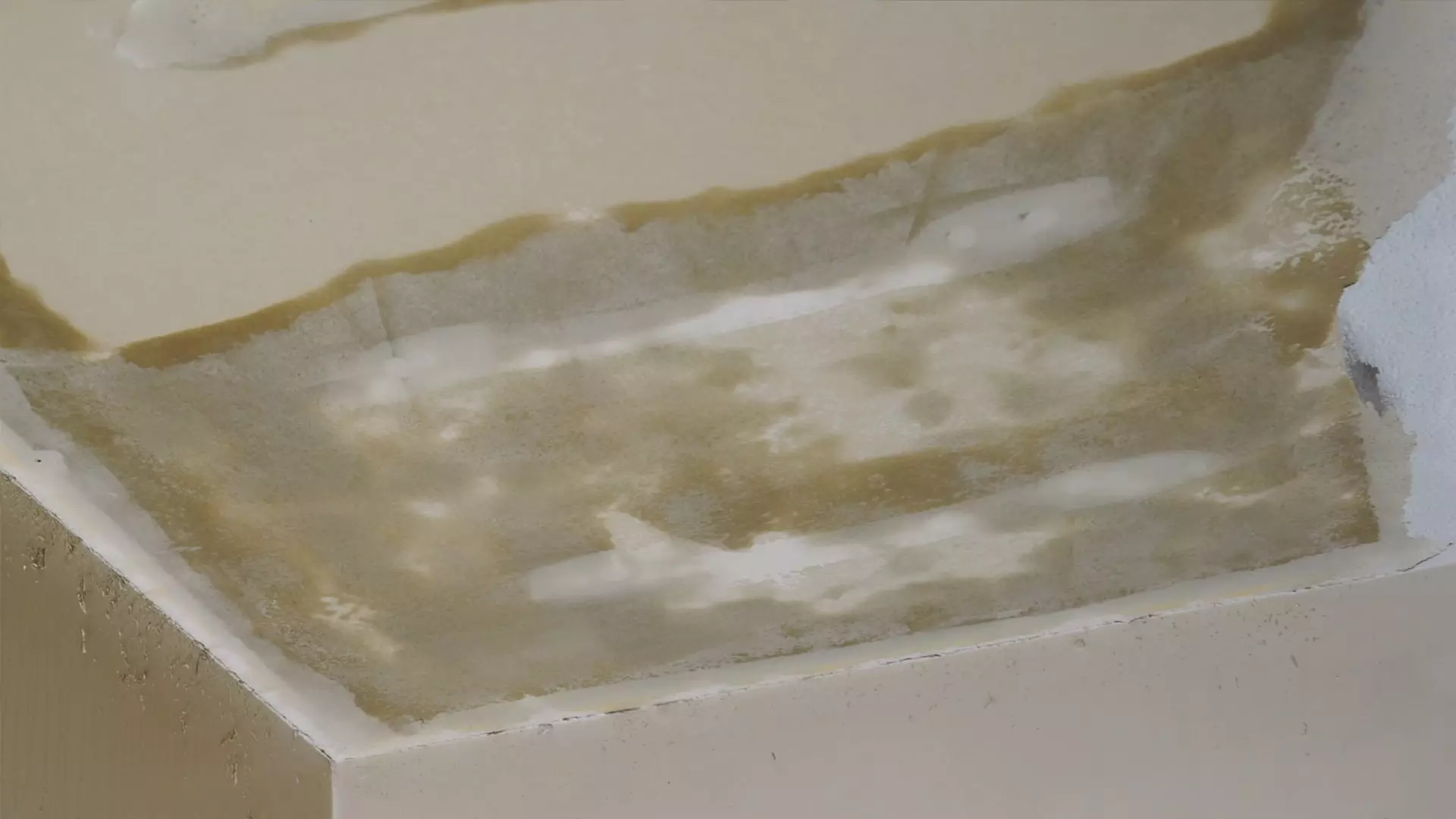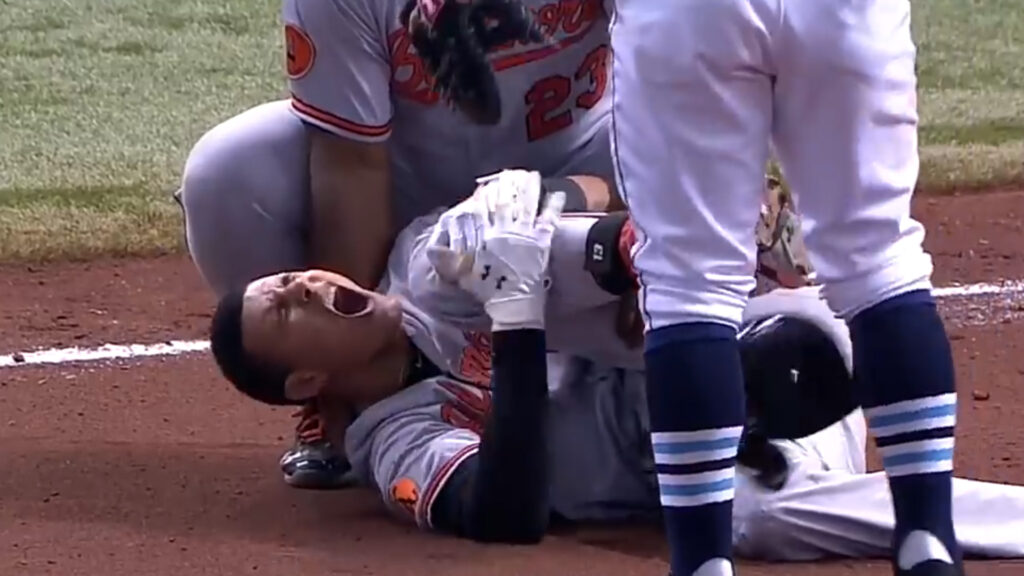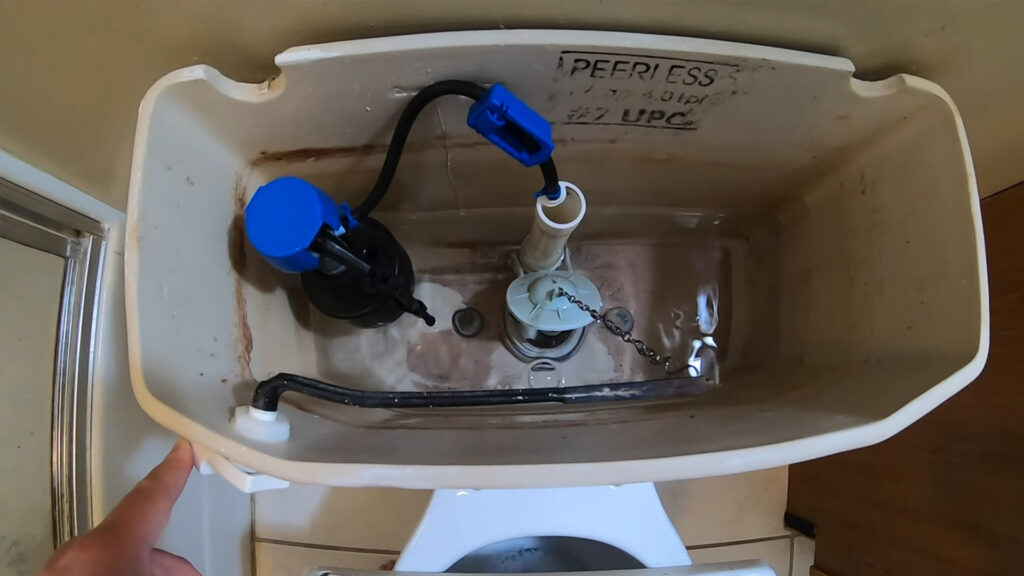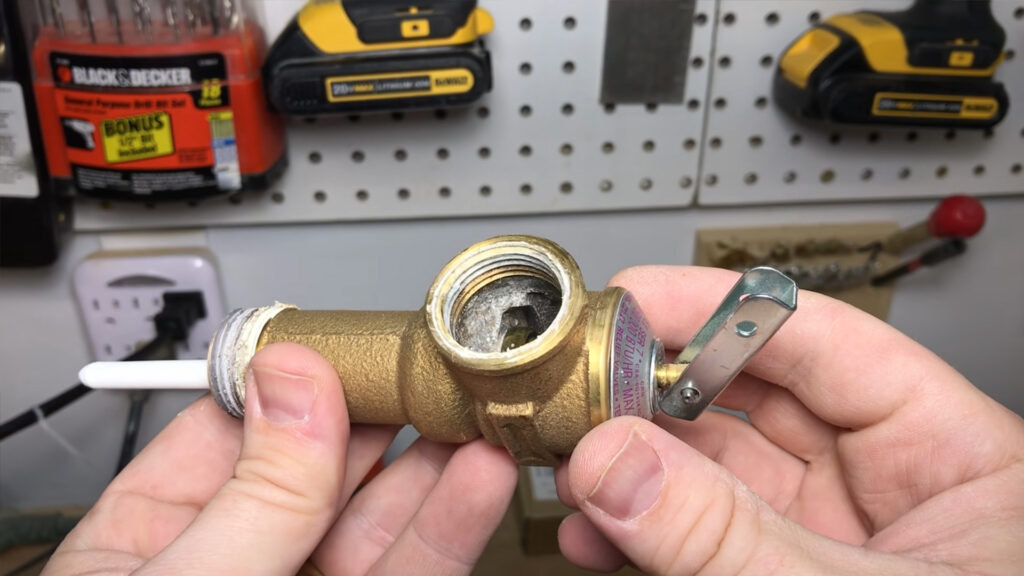Water damage is a common issue in multi-story buildings, particularly when an upstairs neighbor has a plumbing mishap or other accident that causes water to leak into your unit. This can lead to a range of damages, from minor inconveniences to major structural problems. If you’re dealing with water damage caused by an upstairs neighbor, it’s crucial to act quickly and understand who is responsible for the repairs and associated costs.
Types of Water Damage That Might Occur
- Ceiling Damage:
- Stains and Discoloration: The most immediate sign of water damage from above is a stained ceiling. This can range from small spots to large, unsightly patches.
- Peeling Paint or Plaster: Water can cause paint and plaster to bubble, peel, or crack, leading to more extensive repair needs.
- Sagging Ceilings: Prolonged exposure to water can cause ceilings to sag, which may indicate severe structural damage and pose a risk of collapse.
- Wall Damage:
- Water Stains and Mold Growth: Water traveling down walls can leave stains, and if not addressed quickly, mold may develop, posing health risks.
- Warping and Buckling: Water can cause drywall and plaster to warp or buckle, leading to the need for replacement.
- Electrical Hazards: If water seeps into walls with electrical wiring, it can create a serious fire hazard.
- Flooring Damage:
- Warped Hardwood: Water can cause hardwood floors to warp, buckle, or stain, leading to expensive repairs or replacements.
- Soggy Carpeting: Carpeted floors can become saturated, leading to mold growth if not dried quickly.
- Tile Damage: Water can weaken the adhesive under tiles, causing them to loosen or crack.
- Damage to Personal Property:
- Furniture and Electronics: Water from above can damage furniture, electronics, and other personal items, especially if it leaks through the ceiling or walls.
- Clothing and Textiles: Items like clothing, curtains, and rugs can also be damaged by water, particularly if they are in contact with wet flooring or walls.
Types of Properties Where Upstairs Neighbors Might Cause Water Damage
Water damage from an upstairs neighbor can occur in various types of multi-unit properties, each with its own unique set of challenges and responsibilities.
- Apartments:
- Rental Apartments: In rental apartments, water damage caused by an upstairs neighbor can be particularly complicated. While the tenant might be responsible for their belongings, the property owner or management company typically handles structural repairs. However, determining who is liable for the damage—whether it’s the upstairs tenant, the property owner, or the management company—can vary depending on the lease agreement and local laws.
- Condos:
- Condominiums: Condo buildings often have shared walls, floors, and ceilings, making them prone to water damage from neighboring units. In these cases, the condo association (HOA) may be involved, especially if the damage is related to shared infrastructure. Homeowners are usually responsible for their own units and any personal property, while the HOA might cover structural repairs depending on the association’s insurance policy.
- Townhomes:
- Townhouses: While townhomes typically offer more privacy and separate units than condos or apartments, water damage can still occur if the homes are connected or if there is a shared roof. In cases where an upstairs neighbor in an adjoining townhome causes water damage, the responsibility may fall on the neighbor, the homeowner, or even the HOA, depending on the cause and the structure of the community’s insurance.
- Duplexes and Triplexes:
- Multi-Family Homes: In duplexes and triplexes, where two or three separate households share a building, water damage from an upstairs neighbor is a common concern. The division of responsibility often depends on the ownership structure—whether the property is owned by one party who rents out the units or if each unit is individually owned. In either case, the upstairs neighbor could be responsible for damages if their actions or negligence caused the leak.
- Co-Ops:
- Cooperative Housing: In co-op buildings, residents own shares in the corporation that owns the building rather than owning their units outright. Water damage from an upstairs neighbor in a co-op can involve both the co-op board and individual shareholders. Responsibility for repairs might be shared between the co-op and the shareholder, depending on the building’s bylaws and the source of the damage.
Each of these property types has its own nuances regarding water damage responsibility. It’s essential for residents to understand their lease or ownership agreements, as well as the insurance policies that apply to their specific situation.
Who is Responsible for the Water Damage?
Determining responsibility for water damage in a multi-unit building can be complex. The liable party often depends on the source of the water, the nature of the property, and the details of any relevant insurance policies or homeowners’ association (HOA) rules.
- The Upstairs Neighbor:
- Negligence: If the water damage is caused by your neighbor’s negligence—such as leaving a bathtub overflowing or failing to fix a known plumbing issue—they are typically responsible for the damage.
- Insurance Coverage: Your neighbor’s homeowners or renters insurance might cover the damage to your unit. However, the process of filing a claim can be complicated and may require legal assistance if the neighbor disputes their responsibility.
- The Homeowner (You):
- Internal Maintenance: If the damage is due to a shared issue, like a building-wide plumbing problem, you may need to file a claim with your own homeowners insurance. This can also apply if your personal property is damaged, as your insurance may cover items that your neighbor’s policy does not.
- Immediate Mitigation: As the affected homeowner, you are responsible for mitigating further damage. This means acting quickly to dry out the area, prevent mold growth, and secure your belongings. Failing to do so could complicate insurance claims or lead to further damage.
- The Homeowners’ Association (HOA):
- Shared Systems: If the damage is caused by a failure in a shared system, such as the building’s plumbing or roof, the HOA may be responsible for repairs. This is common in condo buildings where the HOA manages and maintains shared areas.
- HOA Insurance: The HOA’s master insurance policy might cover the repairs to structural elements, while individual homeowners or renters are responsible for their personal property. Understanding your HOA’s insurance policy and your own is critical in determining who pays for what.
Steps to Take After Discovering Water Damage
- Document the Damage:
- Take photos and videos of all visible damage as soon as you notice it. This documentation will be crucial when filing insurance claims or negotiating with your neighbor or HOA.
- Notify the Necessary Parties:
- Contact Your Neighbor: Politely inform your upstairs neighbor of the situation. They may not be aware of the leak, and resolving the issue quickly is in everyone’s best interest.
- Notify Your HOA: If you live in a condo or other HOA-managed property, inform them of the damage as well. They may need to take action, especially if the issue is related to a shared system.
- Call a Water Damage Restoration Professional: Getting professionals like Philly Damage Restoration involved early can prevent further damage and ensure proper cleanup.
- File Insurance Claims:
- Contact your insurance company as soon as possible to report the damage. They can guide you through the claims process and help determine who is liable. Be sure to keep all receipts for repairs and any communication with your neighbor or HOA.
- Mitigate Further Damage:
- While waiting for repairs, take steps to minimize additional damage. This may include using fans to dry the area, removing water-soaked items, and addressing any safety hazards like exposed wiring.
- Seek Legal Advice If Necessary:
- If your neighbor or the HOA disputes responsibility, or if your insurance company denies your claim, it may be wise to consult with a lawyer who specializes in property damage cases.
Conclusion
Water damage from an upstairs neighbor can be a stressful and costly event. Understanding the types of damage that can occur and knowing who is responsible are crucial steps in effectively managing the situation. By acting quickly, communicating clearly with all involved parties, and working with professionals like Philly Damage Restoration, you can minimize damage and ensure your home is restored to its original condition.







